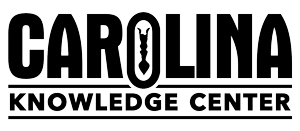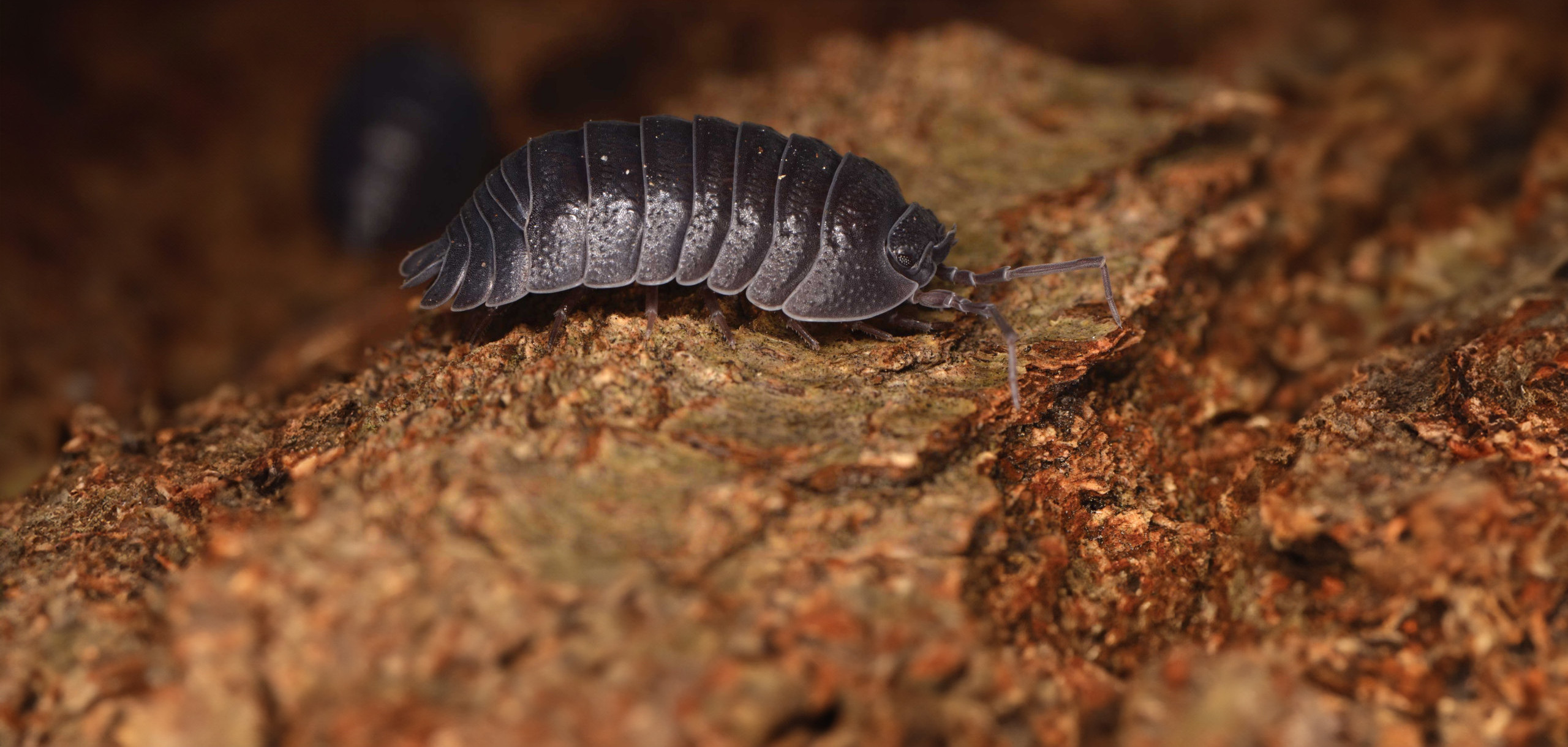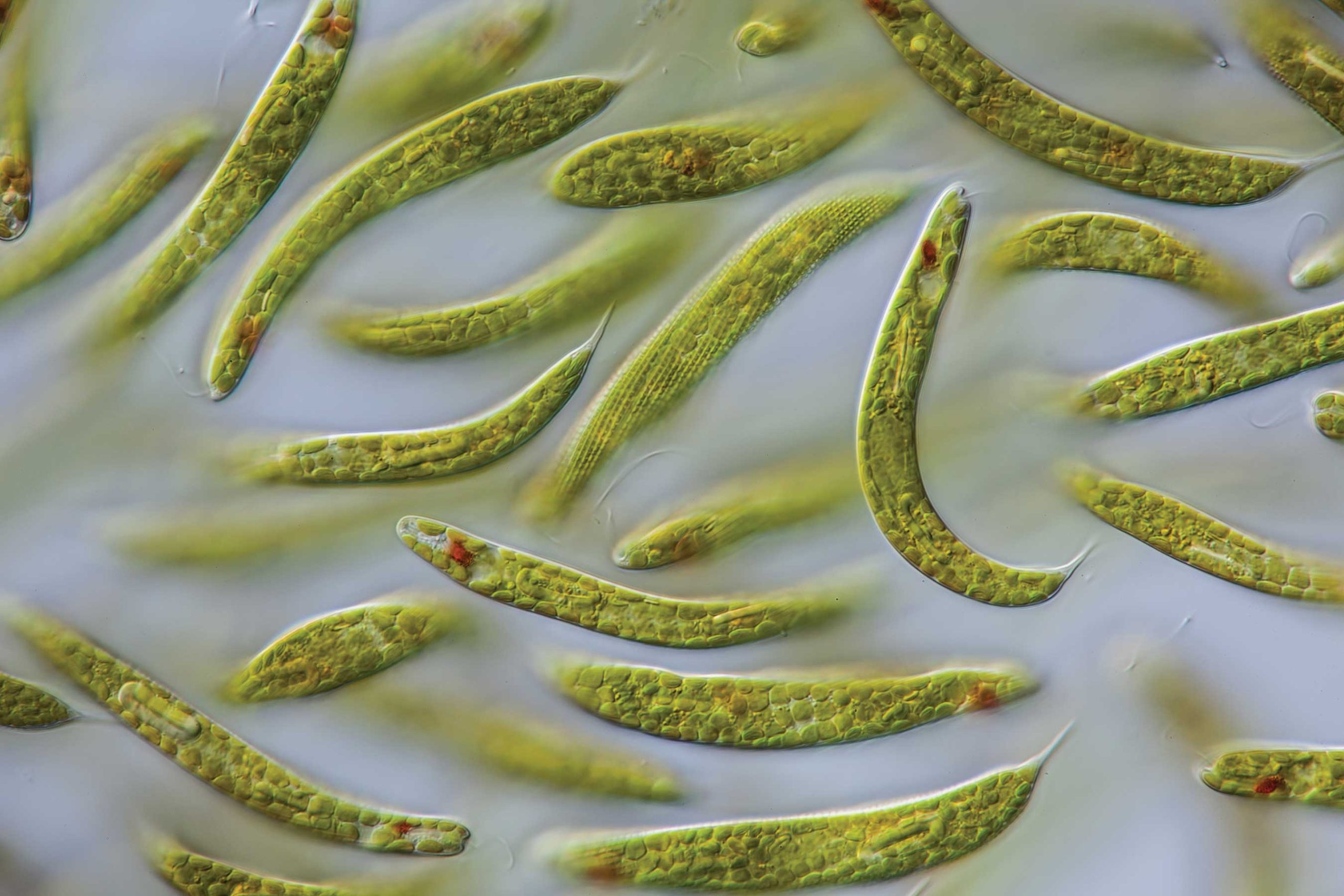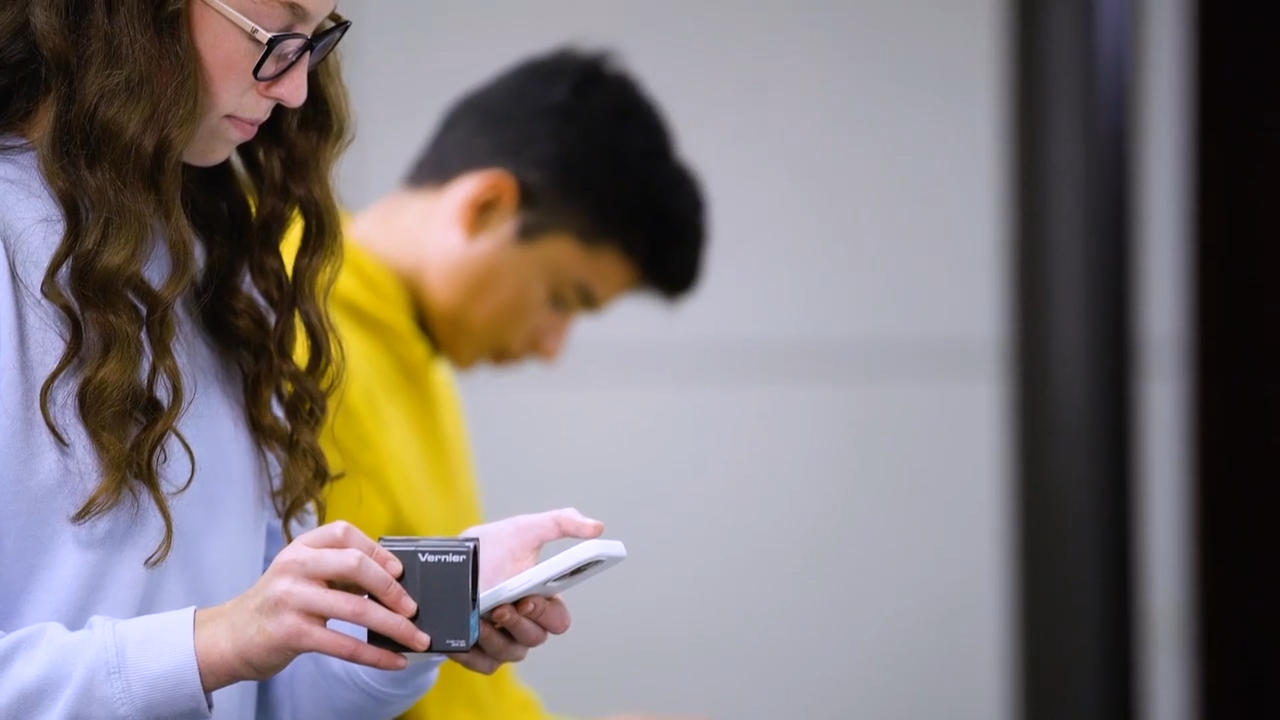-
May 7, 2024 Introduction to Protists: AmoebaCarolina LabSheets™ Overview In this lab, students will observe Amoeba proteus as an example of...
-
May 6, 2024 Substances with a Hazardous Nature but May Have Potential Educational UtilityThese chemicals should be removed from the schools if alternatives can be used. For those...
-
April 18, 2024 Protists: Key to Algae MixturesCarolina LabSheets™ Overview In this lab activity students use a simple dichotomous key to identify...
-
April 15, 2024 Seed GerminationCarolina LabSheets™ Overview The story of how a seed becomes a plant is fascinating to...
-
April 14, 2024 Pill Bug BehaviorCarolina LabSheets™ Overview This activity is an introduction to animal behavior. Students conduct an experiment...
-
April 7, 2024 Introduction to Protists: EuglenaCarolina LabSheets™ Overview In this lab, students observe Euglena, a protist that combines some characteristics...
-
April 6, 2024 Introduction to Prokaryotes: CyanobacteriaCarolina LabSheets™ Overview In this lab students observe two examples of cyanobacteria and make a...
-
March 15, 2024 Introduction to Prokaryotes: BacteriaCarolina LabSheets™ Overview In this lab students are introduced to the Domain Bacteria (Eubacteria). They...
-
March 15, 2024 Sparking Curiosity Using Vernier Science Education ® SensorsIn Booth Demo Interdisciplinary Science 6-12 Middle / High School Inspire your students’ curiosity about...













